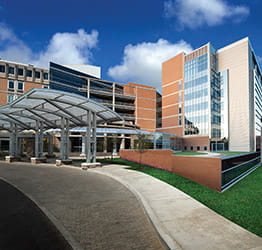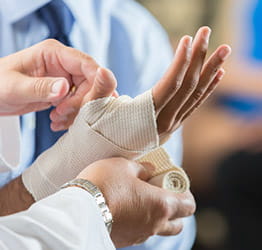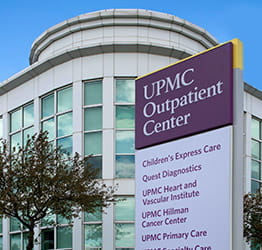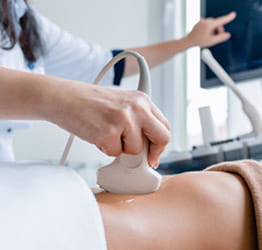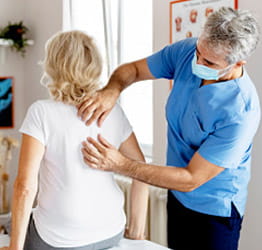by Suzan Obagi, MD
Have you ever wondered about what changes are taking place while we age resulting in the typical tired or aged appearance? The answer is just a few photographs away. More accurately, the answer lies in the photo album that chronicled your life’s journey.
How did we transform from full-faced, chubby-cheeked babies to beautiful teenagers, to the mature face that now looks back at us in the mirror?
The answer may not be gravity after all. Surgeries that “lift” and “pull” the skin and muscles have certainly addressed the issue of apparent skin and muscle laxity. Closer evaluation of our surgical results, however, showed that over the long-term, our patients, while certainly “tighter,” did not necessarily look “rejuvenated!”
What was the problem? Most surgeries consist of pulling the brows upward, pulling the skin of the face and neck to the side, and removing muscle and fat from around the eyes. We have created a population of patients who carry the stigmata of surgery: hollowness around the eyes, brows placed too high, and faces pulled too tightly.
The missing element in all of our surgeries was the replacement of the volume lost from the face over the years. This is evident when we look at our patients’ photographs in youth (20-25 years of age). Their brows have a nice fullness, the skin around the eyes is smooth, the lips have definition, and the cheekbones have prominence.
In comparison, the patient sitting in our office has what appears to be excess skin, loose neck muscles, bulging fat around the eyes, and droopy eyebrows.
This is now being recognized as a three-dimensional loss of volume in the face. We lose some muscle thickness, bone density in some areas of the face, and the fat pads of the cheek, brow and the temple. It is this loss of volume that makes us look like we have excess skin. The best example is that of an inflated beach ball (nice and tight) and when you let the air out, it looks lax and saggy.
Fat augmentation or fat transplant is gaining in popularity. In fact, combining fat augmentation with traditional surgery takes the results to a higher level than surgery alone. So what makes this little cell so attractive to surgeons? It turns out that within the population of our fat there resides a pluripotent stem cell that has the ability to transform itself into most of the tissue into which it is injected. Thus these cells can change into bone, muscle, or fat when injected into those areas. Therefore, the results will look and feel natural.
The reasons for which this procedure is not performed more often are several. Fat transfer, in one form or another, has been performed for over a century. However, the results were largely unpredictable. Some surgeons were getting very good results while others did not fare so well. It turns out that to have reproducible results, the fat must be harvested gently, prepared, and then correctly injected into the face. When too much fat is injected it all dies after several months.
In order for the fat grafts to survive, they must be placed into areas in which they can re-establish their blood supply. Thus small parcels of fat have to be injected in to the skin, the muscle, and sometimes around the bones of the face. By layering the fat, there will be a greater likelihood of graft survival. Furthermore, the patient must not smoke for one month prior and one month after surgery to ensure better results.
Usually, the fat that survives three months will then last for years. However, should the patient desire further augmentation, the procedure can be repeated after three months. The advantage of fat over other fillers is that it will survive for years, have no risk of allergic reactions, and it is available in relative abundance. In fact, fat can be placed just about anywhere. It has been used to rejuvenate hands, the neck, and the buttocks.
In summary, this often times neglected cell is gaining some long due respect.





